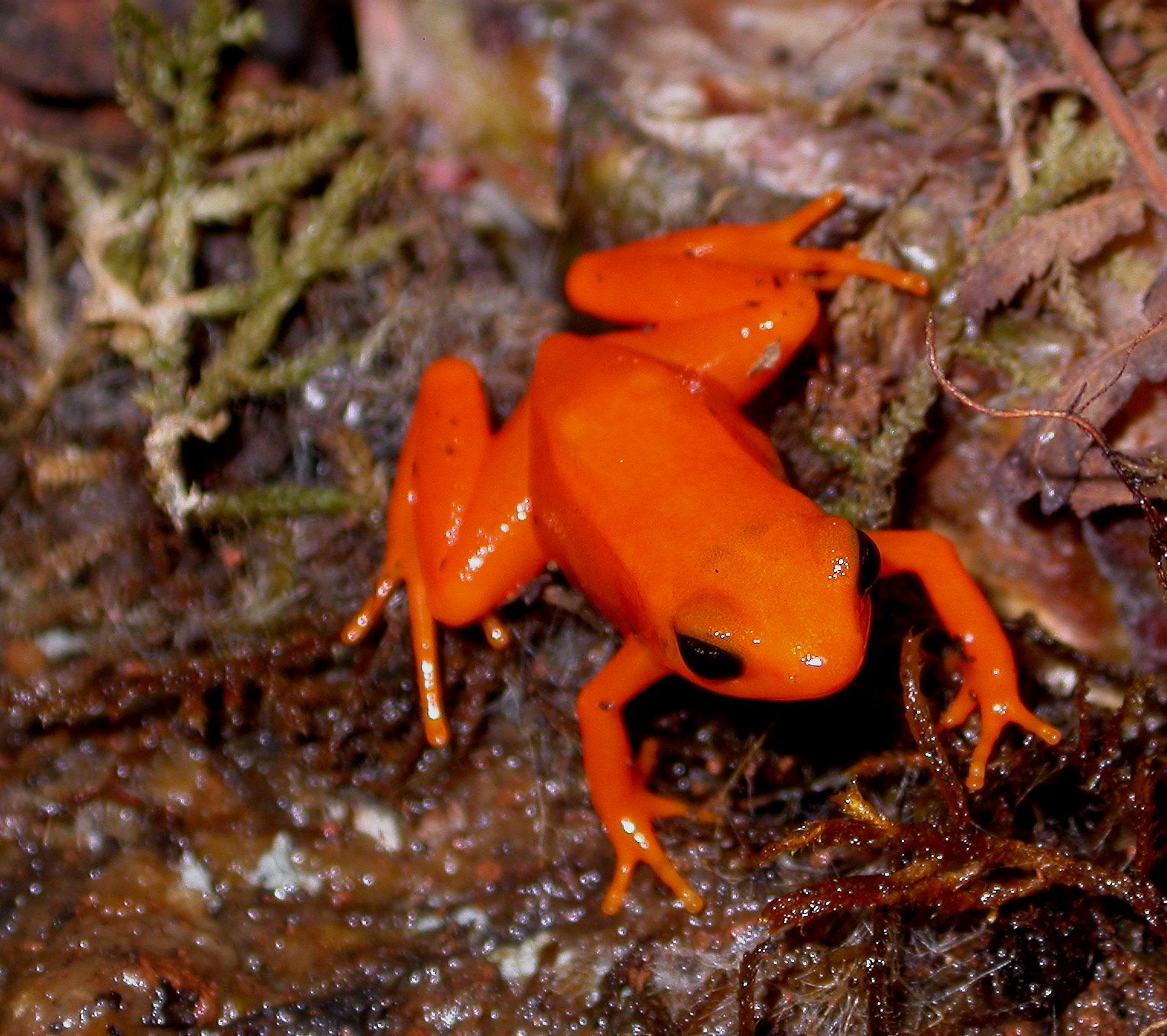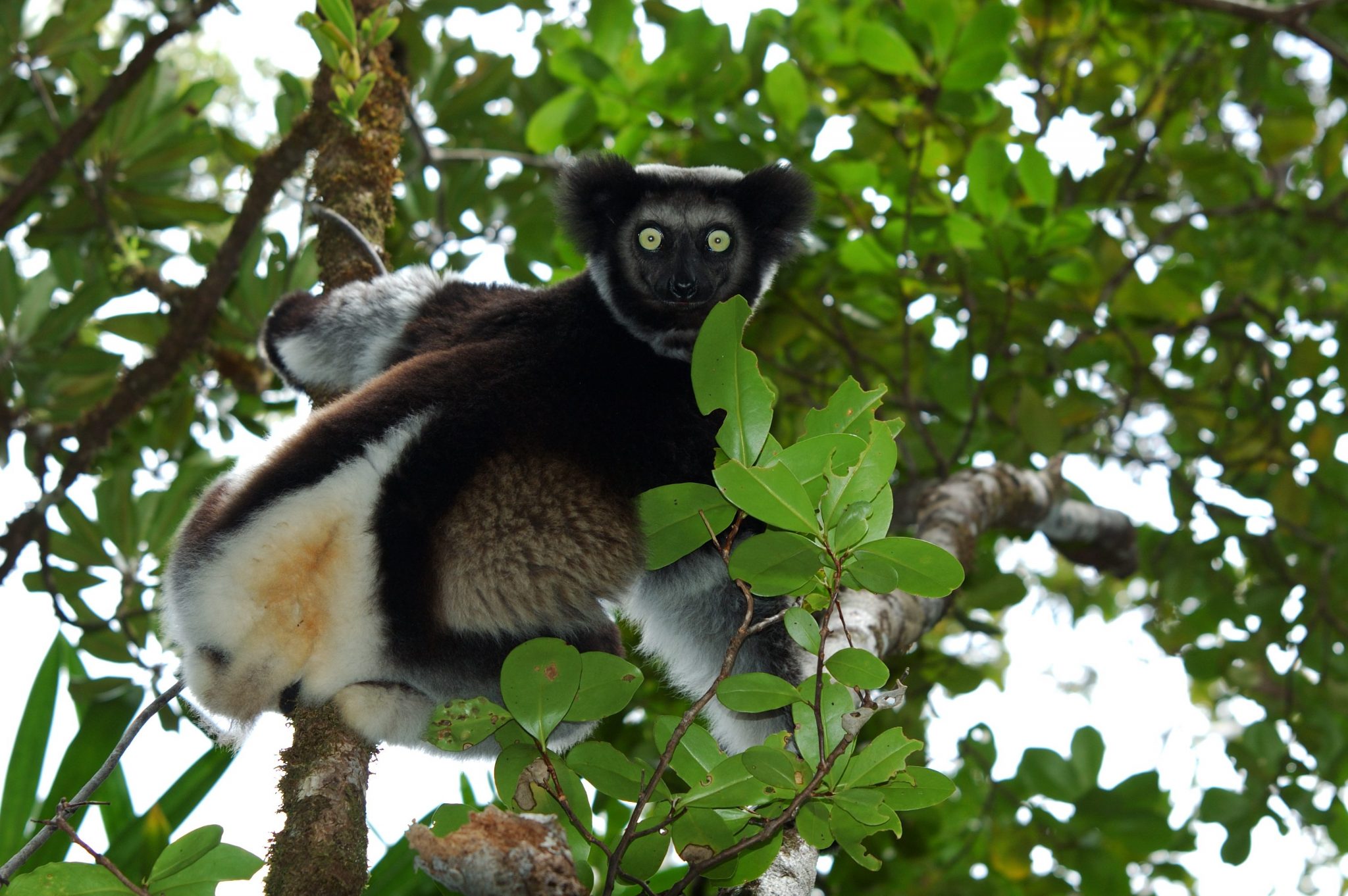Madagascar is renowned for its incredible biodiversity-a unique part of the world where evolution has generated amazing creatures. But its uniqueness is no protection against the threats facing our planet’s animal and plant life. In fact-the island’s individuality can make it even more vulnerable to disease and climate change. That’s why urgent action is needed now to ensure we conserve Madagascar’s increasingly fragile eco-system.
Earlier this year our curator of lower vertebrates and invertebrates-Gerardo Garcia-visited this-the world’s fourth largest island-off the coast of Africa in the Indian Ocean. This is his report:
When you work in conservation-the statistics relating to percentages of threatened species within the areas you focus on are important. In many cases they reinforce arguments justifying the need for certain actions to be taken. They can also provide the evidence needed to secure funding for key conservation projects. But at times statistics can be heart-breaking-and highlight the enormous scale of threats facing endangered species.
The case of Madagascar is a prime example: it is home to at least 400 frog species-but to safeguard their survival good planning and focus is essential. Otherwise it’s possible to become overwhelmed by the difficulties facing these species and the question of where to start helping them?
Last January I went to Madagascar for several weeks to further our work building the foundations of an amphibian conservation programme in partnership with the local Non-Governmnet Organisation (NGO) – Magasikara Voakajy.
Our first focus was the golden mantella frog (Mantella aurantiaca) which is under serious threat-making it one of the key species we have concentrated our conservation efforts on in this region. Its habitat is home to a remarkable diversity of other animals and plants-but this shared habitat is at serious risk of destruction and degradation-much of it as a result of man-made local development schemes. The golden mantella frog has also suffered through the international pet trade market-being heavily collected due to its striking bright orange colour.

A workshop with all stakeholders on this species was held in Mantadia Andasibe National Park to discuss how to reintroduce captive-bred frogs into the wild. The process is complex; it involves studies of suitability of habitat-health screenings-estimation of population sizes in ponds-and a complete ecological study of wild populations to provide us with the information needed to arrange good management of the breeding colonies.
Such studies are essential and often lead to trial releases and further pilot studies before any full release of captive bred frogs can be undertaken in the wild. At the same time it is necessary to manage captive colonies to ensure they do not loose genetic diversity over generations. Support for the programme from local communities is vital for the success of future releases to ensure any human exploitation of the environment’s natural resources does not conflict with the long term conservation strategy.
As a result such projects inevitably take a great deal of time. Nevertheless our workshop was very productive and good guidelines have been drafted for the long term survival plan for the species. Madagascar hasn’t started any reintroduction programme of amphibians yet. But with the recent detection of chytrid fungus in the country-a strategy involving an emergency response to prepare for the lethal impacts of the disease is now required.
Of utmost importance is a strategy to house species in captive assurance colonies and that is one of the reasons why our zoo is constantly developing its breeding skills for amphibians and husbandry techniques.
The planet has just over 7,000 known species of amphibians with 40 different breeding strategies-so there is a lot to learn. We also need to more effectively protect and manage critical regions and build up healthy in-country frog populations. This can only be done via the co-operation-commitment and dedication of alliance partners and passionate individuals around the world.
To help us get nearer to our goal-during my visit-we ran a practical workshop on identification and marking techniques of amphibians. This and various other techniques for photo identification and individual tagging were presented to 20 Malagasy amphibian workers at the facilities of Mitsinjo.
We also met Molly Bletz-one of the frontline researchers for finding alternative strategies to protect amphibians. Her work is supported by Chester Zoo.
In addition we visited the area of Mangabe-where our conservation efforts for the golden mantella frog species have long been concentrated and where-last year-we had to respond to an urgent call to protect some of the frog’s breeding areas from the effects of illegal mining. The impact has been catastrophic and it will take many years before the frogs will return there to breed. But it is not too late.
The work with the communities has been reinforced and there are already signs of restoration helped by the eradication of invasive plants which had been colonizing affected ponds.
Visiting this site afforded us an exclusive opportunity to further discover the region’s rich diversity of wildlife. There are as many species active during the night as there are in the day and I found myself not wanting to go to bed for fear of missing them.
We saw everything from the smallest chameleon to the endangered large tree-dwelling lemur-the Indri-whose call is so special that I count it as one of my best wildlife experiences ever! It is a mix of loud meows and laments which echo eerily early in the morning even as the mists of the night still enshroud the entire forest; impossible to forget.

Whilst in Mangabe-we also explored the possibility of starting a project with another species of frog living in the same habitat as the golden mantella; the Grandidier’s Madagascar frog-locally named Radaka-about which we have very little knowledge. Its forest habitat is diminishing due to human
activities including illegal gold mining. It is also commonly eaten by local communities and could easily become extinct in many areas.
The third objective we focused on was the highly endangered Harlequin mantilla. The need to establish captive-bred populations was highlighted as in some locations-such as Antoetra-the species is in a very fragile status in the wild.
These little frogs-of not more than 3cm long-are characterised by black skin with red or orange bands on limbs-and black undersides with dark blue spots. The beautiful combination of colours makes each frog unique-allowing easy identification for ecological studies. They hide out of human sight most of the day-probably to avoid direct sun exposure. We left the site with the satisfaction of having seen one of the rarest frogs in Madagascar but also full of concern about its future survival.
A new Amphibian Conservation Strategy for the Amphibians of Madagascar (ACSAM II) is planned to be developed this year. Surely this golden mantella model of working with local communities-partnership with strong local NGOs-and developing exciting research projects to set up a strategy to house species in captive assurance-will be a great reference.
Now back at Chester-as part of our wonderful Amphibian Area in the Tropical Realm here at our zoo this summer a large terrarium will feature a colony of golden mantella frogs. Each time I hear their clicking call between the leaves I close my eyes and remember the magnificent call of the Indri in the canopy.
I hope to return to Madagascar soon.